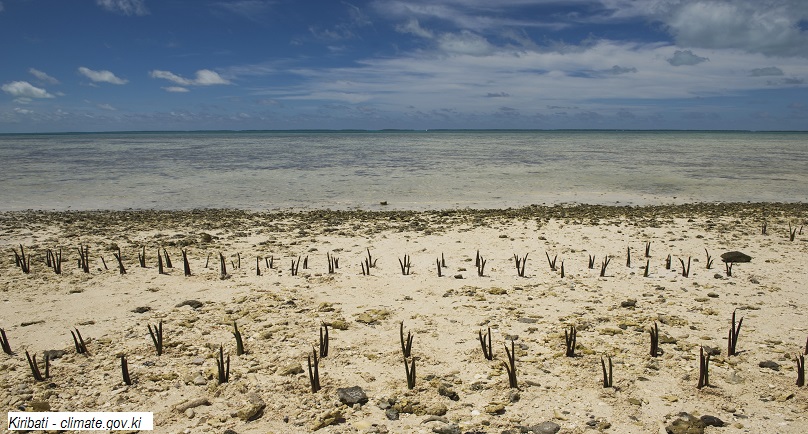Climate change poses a fundamental threat to Pacific food systems.
This according to a recent evidence brief by the Pacific Community (SPC). The brief is intended to support Island countries and their representatives engage with the Food Systems Summit 2021.
Sea-level rise, changes to rainfall and ocean temperatures, as well as increased incidence of extreme weather conditions will have significant impacts on Pacific ecosystems, water resources, agriculture and fisheries.
Extreme weather conditions damage critical infrastructure in the food systems value chain, as well as increasing agricultural and aquatic bio-security threats.
In August 2019 Pacific Island leaders noted in the Kainaki II Declaration that global greenhouse gas emissions continue to rise and are reaching record levels. Based on current trends and urgent action, global warming will exceed 1.5 degrees Celsius by as early as 2030 and reach 3 degrees Celsius or more by end of this century.
The brief also notes that by 2030, the gap between fish required for good nutrition and sustainable harvests from coastal fisheries will require an additional 115,000 tonnes of fish, which will need to be supplied by tuna. The Western and Central Pacific Ocean supplies over half of the world’s tuna catch. Coastal fisheries are threatened by warmer waters and sea-level rise.
Water security is increasingly threatened by sea-level rise and projected changes in rainfall. This will impact rain and groundwater dependent food production, and freshwater availability for some countries, such as atolls. It will also impact the health of communities through increasingly polluted and saline water, as well as affecting water catchments and coastal fisheries. Extreme weather conditions will also increase the risk of flooding and food losses in countries like Papua New Guinea and Fiji.
COVID-19 combined with a number of extreme weather patterns resulted in cumulative shock to food security and livelihoods across the Pacific, including through disruption to supply chains and loss of income(including from downturns in tourism and other economic shocks), with significant gendered impacts
Concerning trends have also emerge highlighting inequitable food security and nutrition outcomes for female-headed households, households with persons with a disability and children under four.
Biosecurity risks continue to threaten value chains and livelihoods in marine and land systems. The threat is highlighted by issues including taro leaf blight, coconut rhinoceros beetle and other threats, which are threatening Pacific agriculture.
In order to ensure equity, youth, women, and people with disabilities need to form part of the solution. The Pacific has over 50% of its population under the age of 35, and women play major roles in sourcing, preparing, distributing, and acquiring food. These groups are also most vulnerable to economic and environmental shocks. There is evidence that traditional food systems and knowledge, including subsistence fishing, have played an important role in buffering these impacts.


